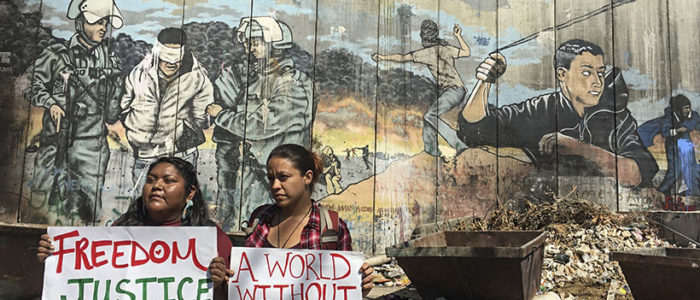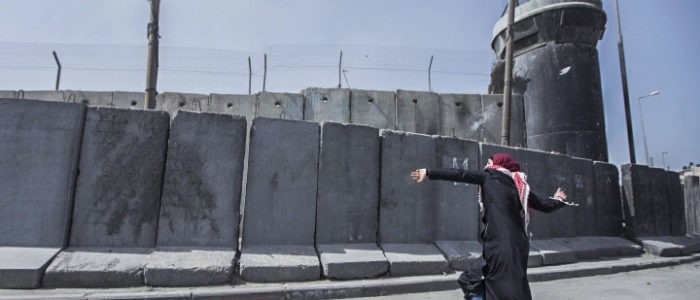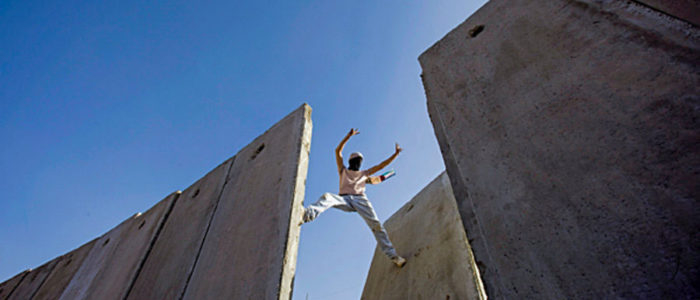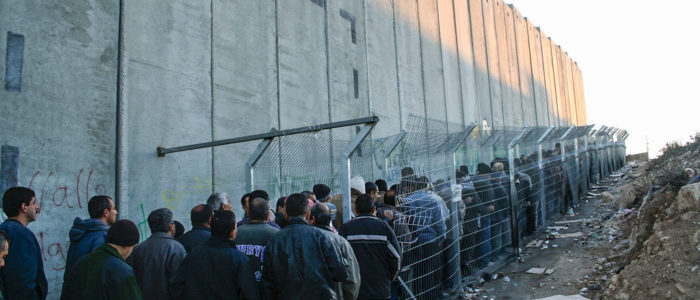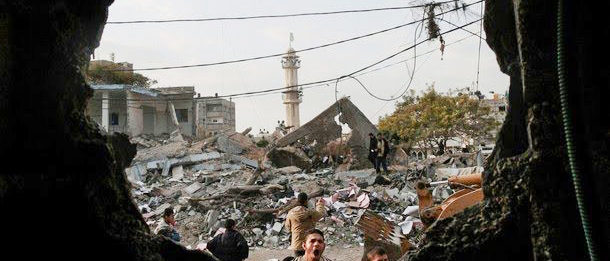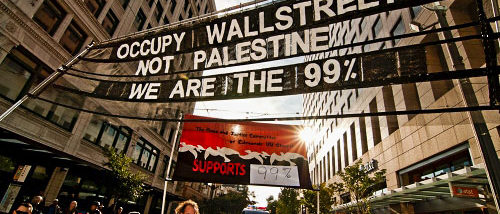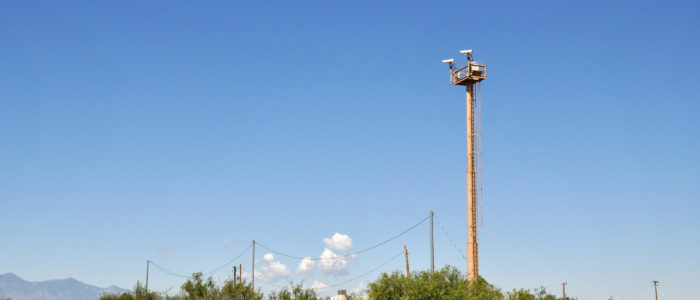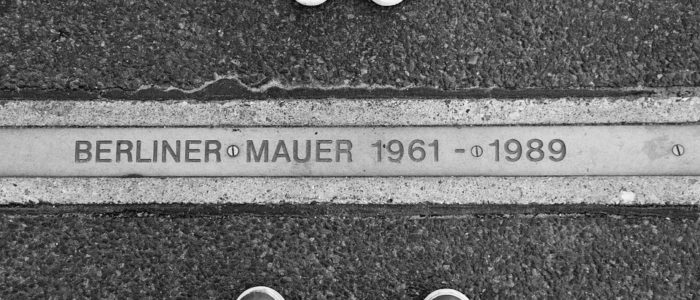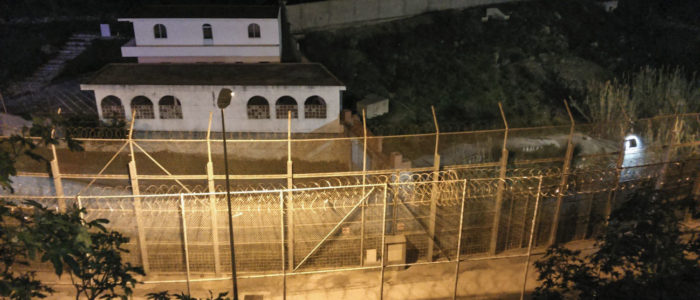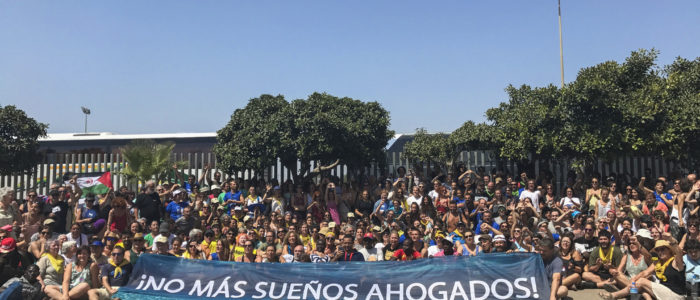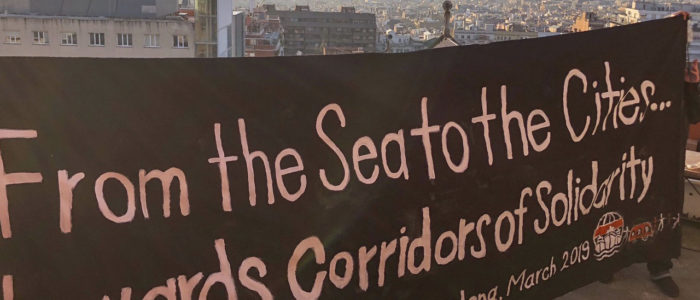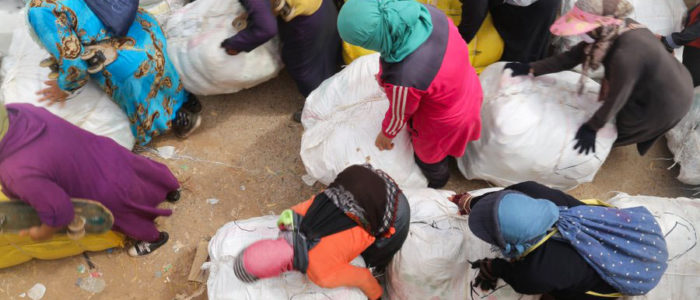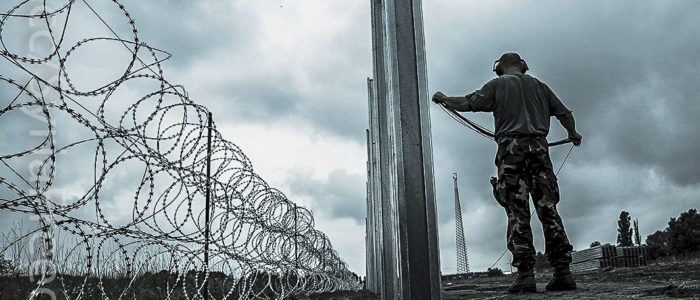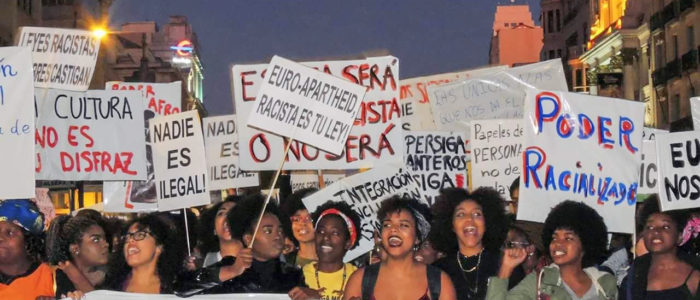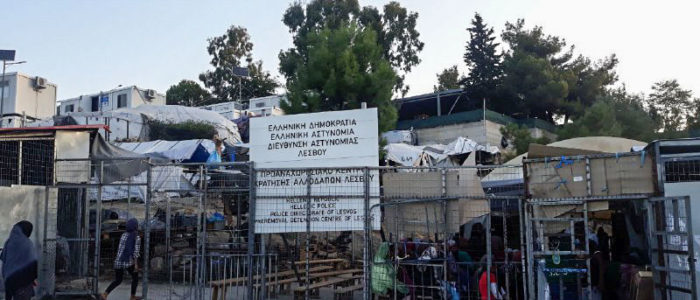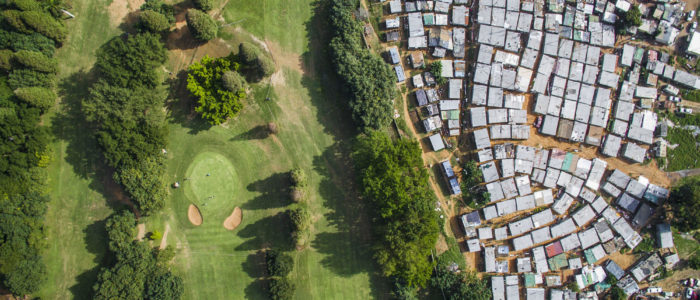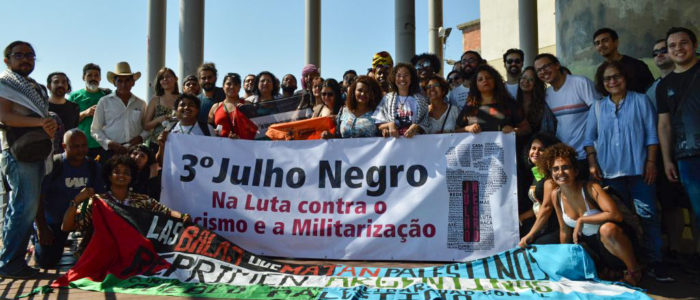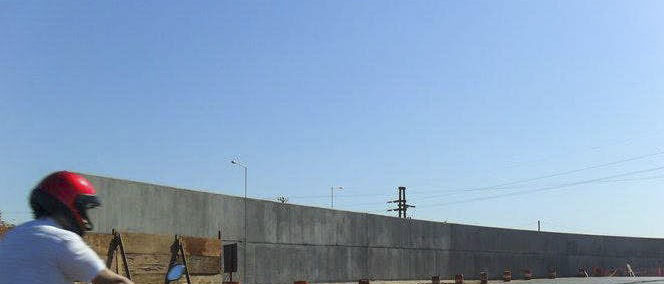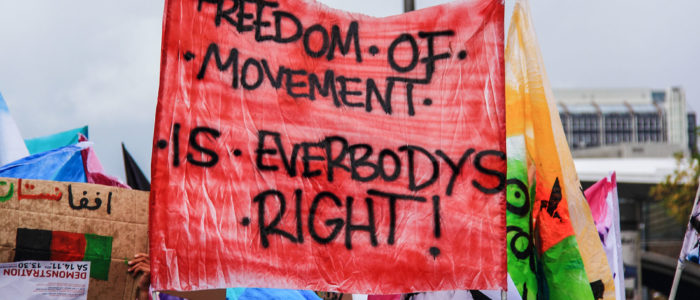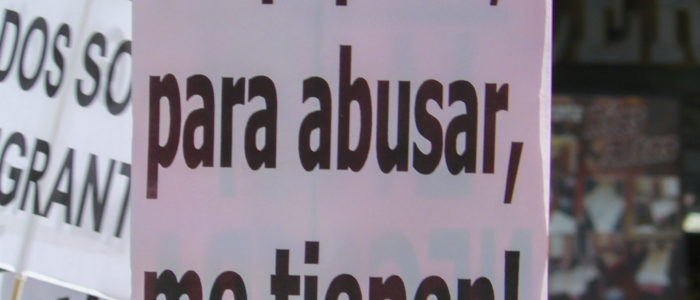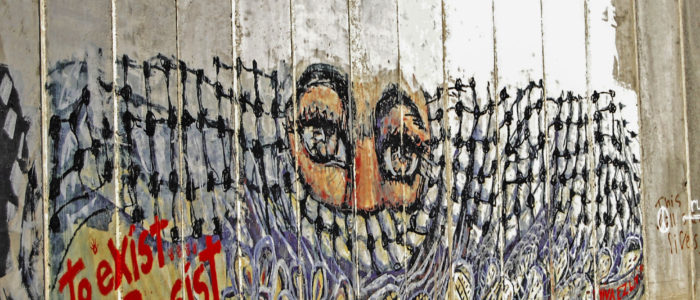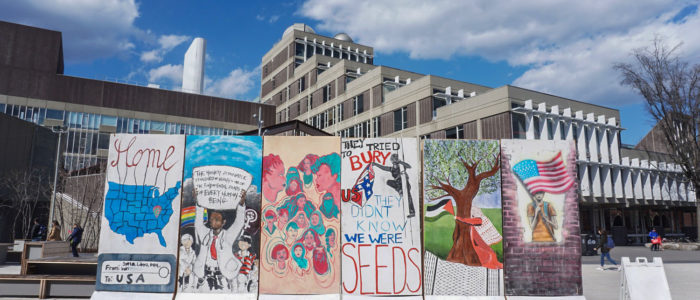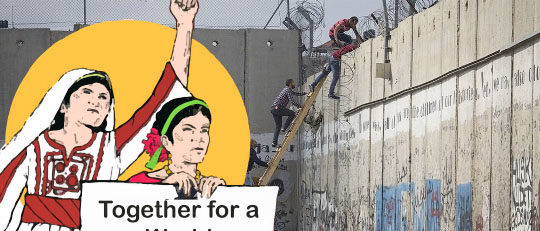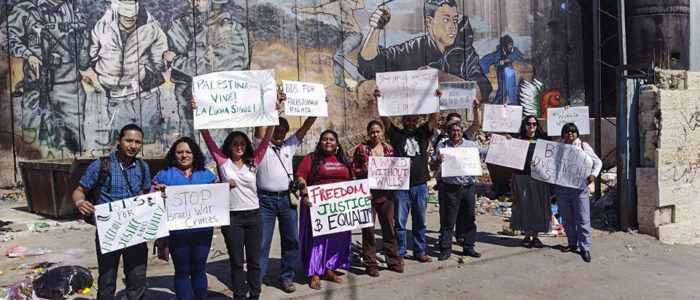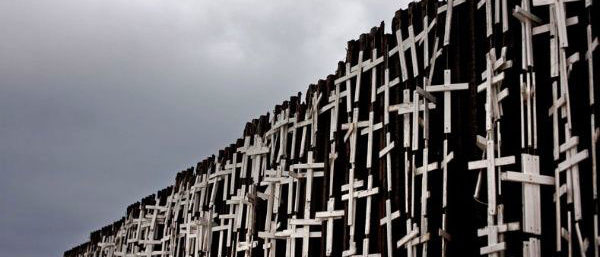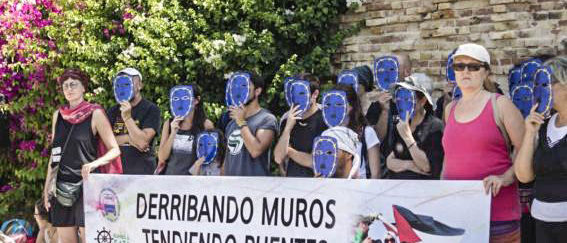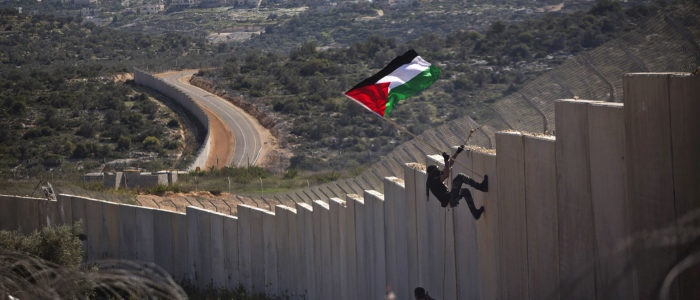(translated by Isabel Rikkers)
Aporophobia: the ideological wall of the third millennium
(Credits: https://www.redflagonline.org )
The wall is synonymous with obstacle. An obstacle that stands between two realities, two worlds that reflect complexities and identities limited by a physical or ideological border. A wall divides, separates, interposes an element of discontinuity, interposes a barrier. In this article I will unveil a wall that has transcended the physical state of matter to insinuate itself in a pervasive and dangerous way in the communication conveyed by the dominant narrative today. I will emphasize an important and urgent differentiation that aims to create a consciousness that allows us to defend ourselves against the attack of those who seek support from the public for the construction and expansion of the physical walls that expand across the world.
The distinction between the terms “xenophobia” and “aporophobia”, together with a deep understanding of this last term, is the key to developing an immunity to the onslaught of the discourse of hate and rejection of the other.
The underlying idea is based on the fact that media and political discourse from conservative, right wing and/or neoliberal actors focus on the construction of the myth of xenophobia when in reality all border closure and policies of repatriation of migrants are based on aporophobia: fear and rejection of the foreigner not as such, but for being poor. In other words: the condition of unwanted foreigner manifests itself only if it is accompanied by a state of poverty, if you are rich you are not a foreigner anywhere.
Let’s now analyze the meaning of the words Xenophobia and Aporophobia.
Xenophobia.
Xenophobia (composition of Xeno and Phobia) is the feeling of generic and indiscriminate aversion towards foreigners and/or what is foreign. It manifests itself in attitudes and actions of intolerance and hostility towards customs, culture and people of other countries. It is often accompanied by a nationalistic attitude, with the function of strengthening the consensus towards the social, political and cultural models of the country itself through contempt for those of enemy countries and is therefore encouraged, above all, by totalitarian regimes. In most cases xenophobia is based on the feeling of protection of a nation, although sometimes it can also be linked to racism, or discrimination based on the myth of race.
Exactly because of the violent and negative connotation of xenophobic attitudes, the International Convention on the Elimination of All Forms of Racial Discrimination ratified by the General Assembly of the United Nations in its resolution 2106 A (XX), on December 21, 1965 makes special reference to the overcoming and cessation of:
“any distinction, exclusion, restriction or preference based on race, colour, descent, or national or ethnic origin which has the purpose or effect of nullifying or impairing the recognition, enjoyment or exercise, on an equal footing, of human rights and fundamental freedoms in the political, economic, social, cultural or any other field of public life.”
Article 1.º de CERD1
Aporophobia
On the other hand, Aporophobia, a neologism, formed from the Greek pores, (without resources or poor) and phobias, (fear), means hatred, fear, disgust or hostility to the poor, those with no resources or those who are helpless. The first person to use and spread this new terminology was the philosopher and professor at the University of Valencia, Adela Cortina, in the 1990s, precisely to differentiate this attitude from xenophobia or racism. Cortina argues the thesis that the actions we usually call xenophobia, racism, rejection of immigrants or refugees, are actually manifestations of an aversion that does not occur because of their status as foreigners, but because they are poor.
In 2017, the Foundation “Español Urgente”, promoted by the EFE News Agency and BBVA, chose aporophobia as the word of the year to highlight this attitude of fear, rejection or aversion to the poor. The term aporophobia is already part of the Spanish language dictionary2 and in September 2017 the Spanish Senate passed a motion calling for the inclusion of aporophobia as an aggravating circumstance in the Criminal Code. The same general director of the BBVA Foundation said in a 2017 interview that: “It is not a word created this year, not even known by the general public, but it is a voice that we have long recommended at BBVA Foundation and now the Academy has decided to incorporate it in their dictionary. Aporophobia names a reality, a feeling that, unlike others, such as xenophobia or homophobia, and despite it being very present in our society, nobody had named”.
It is a paradox that it is precisely the Foundation of a Spanish bank who promotes the dissemination of a word like aporophobia. The memory of the struggles against evictions and the successive creation of the PAH (Platform of People Affected by Mortgages) in Barcelona in 2009 (a platform where Ada Colau, the current mayor of Barcelona, participated) was still fresh. With the arrival in Europe of the economic crisis generated in the US, the banks soon openly declared war against the poor, (backed by laws that privileged capital over the dignity and rights of the people), and war against those with mortgage debt that was impossible to pay, so that thousands were forcibly evicted and became homeless.
However, the importance of the creation and dissemination of this neologism lies in its ability to make visible a circumstance that in many cases is blurred and a victim of superficiality. The birth of the word aporophobia changes reality, determines a break in our perception to date and forces us to rethink the communicational symbology adopted by labeling and naming a phenomenology. As we well know, those who do not communicate do not exist and what has no name cannot be communicated. Professor Cortina gives us a tool that defines and manifests a social reality of global importance permeated by everyday attitudes of fear, rejection and aversion to the poor. Using this word we reveal this ideological wall that wants us to fall into the trap of xenophobia to promote neoliberal nationalisms. What people seek to do by using the word xenophobia instead of aporophobia is to hide the purely capitalist facets that seek to keep people who come from impoverished areas of the planet from areas that generally have a better standard of living. The border that surrounds Europe, North America and Australia, among others, a border built on artificial or natural walls, does not really seek to keep foreigners out but only the poor.
The so-called Investment Citizenship programs (CIP) are proof of this. These programs are aimed at those people who want to move to a different country or acquire a new citizenship. The mechanism is simple, although the procedure and documentation required is different for each country. All you have to do is invest a certain amount of money (which varies by country) in the State from which one intends to obtain a residence permit or citizenship. The https://residencies.io website offers a complete and updated overview of the amount of money needed to stop being a foreigner and to overcome the walls built in the name of aporophobia. To obtain a temporary residence permit in Spain (regardless of your nationality of origin) one needs to make an investment of 500,000 euros and to be able to prove a minimum annual income of 25,560 euros. After 5 years this temporary residence can be converted into permanent residence and at 10 years citizenship can be obtained. When the process is concluded a new, rich, citizen of Spain and by extension of the European Union has been created. In Portugal, the required capital is still 500,000 euros, but no minimum income must be demonstrated; after 5 years, one is eligible for permanent residence and at 6 years citizenship will be granted. In Malta it is perhaps even simpler. One needs to invest a capital of “only” 250,000 euros and prove that an annual income of 100,000 euros. As soon as one begins the process, permanent residence is obtained and after 5 years citizenship is granted. Only by looking at the European Union, these three examples (and there could be more if we included Ireland) underline what Adela Cortina already denounced in 1995: it is not about xenophobia but about aporobia. The EU does not want to build walls against foreigners, it wants to build walls the poor.
Looking at the Americas, the same attitude is evident. In Canada, an entrepreneur needs to prove that they have created a venture in the North American country with an investment of 200,000 Canadian dollars (around 136,500 euros)3 to obtain permanent residence immediately and apply for citizenship after 5 years. There is no need to prove a minimum annual income. In Oceania the situation does not change. In Australia, for example, with a venture worth 200,000 Australian dollars (just under 124,000 euros)4, temporary residence is obtained, after 4 years one can obtain permanent residence and after 8 years one can opt for citizenship. There is also no need to show a minimum annual income here. In New Zealand the investment must be a minimum of 100,000 New Zealand dollars (around 57,500 euros)5 to obtain temporary residence that after 3 years can become permanent and then in 5 year can become citizenship.
This brief tour of some of the States that make up the so-called political North of the World reflects the institutionalization and structural legitimacy of aporophobia that becomes an element of discrimination in order to access the legal migration mechanisms.
It is an invisible wall but it is tremendously high if we think about the number of people living worldwide below the poverty line.
The UN in its 2030 Agenda launched in 2015, has established 17 Sustainable Development Goals (SDGs) that seek to improve the quality of life of millions of people across the planet.
Objective number 1 is precisely the “End of Poverty”. Analyzing the data offered by the same United Nations Organization we find that6:
- Some 783 million people live below the international poverty line, with $ 1.90 per day.
- In 2016, less than 10% of workers worldwide lived with their families on less than $ 1.90 per day per person.
- In the world there are 122 women, between 25 and 34 years old, living in extreme poverty for every 100 men of the same age group.
- The majority of people living below the poverty line live in two regions: South Asia and Sub-Saharan Africa.
- High poverty rates are often found in small, fragile and conflict-affected countries.
- One in four children under the age of five, worldwide, has an inadequate height for their age.
- In 2016, only 45% of the world’s population was effectively protected by a social protection system with at least one cash benefit.
Seeing this data,a question arises: How many people can really access the Citizenship by Investment programs? The answer is simple: very few. The system is built so that the poor find walls and cannot safe or legal movement. If you are rich, you will no longer be a foreigner, they will no longer be afraid of you, nor will they refuse you. You will not be discriminated against: no matter where you come from. The Swedish naturalist Karl Von Linné said that “if you ignore the name of things, what you know about them also disappears.” From this deep truth the mission is born to spread the knowledge of the concept of aporophobia to bring down this ideological wall raised against the most disadvantaged on the planet.
“You are not a foreigner, you are only poor. If you were rich you would not be a foreigner anywhere and no wall would prevent you from entering where you wanted. The pandemic of the third millennium is aporophobia ”
Further reading:
- Emilio Martínez Navarro: “Aporofobia”, in: Jesús Conill (coord.): Glosario para una sociedad intercultural, Valencia, Bancaja, 2002, pp. 17-23.
- Cortina, A. “Aporofobia, el rechazo al pobre” (Paidós, 2017).
1 In Bouza, 2002, part of Article 1 of the International Convention on the Elimination of All Forms of Racial Discrimination. Adopted and open for signature and ratification by the General Assembly in its resolution 2106 A (XX), of 21 December 1965. Entry into force: 4 January 1969, in accordance with article 19.
2 The Real Academia Española (RAE) website, seen on 18 September 2019: https://dle.rae.es/?id=3FfFecJ
3 Exchange rate as of 18 September 2019 – www.xe.com
4 Exchange rate as of 18 September 2019 – www.xe.com
5 Exchange rate as of 18 September 2019 – www.xe.com
6 Website of the United Nation, seen on 18 September 2019 – https://www.un.org/sustainabledevelopment/es/poverty/
